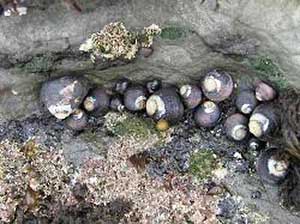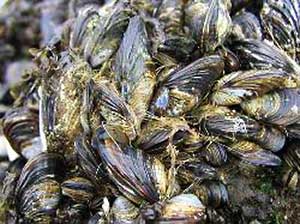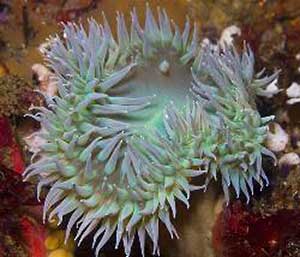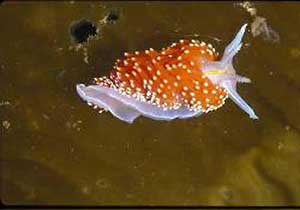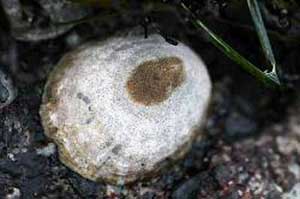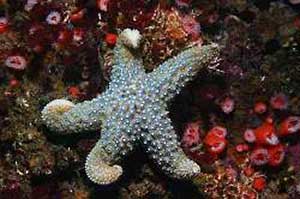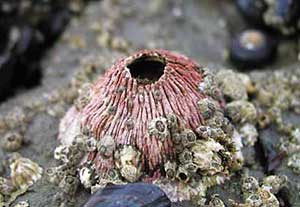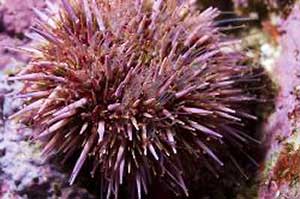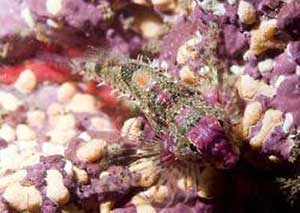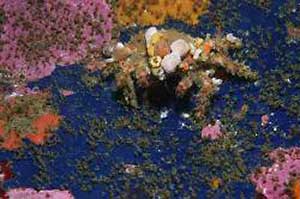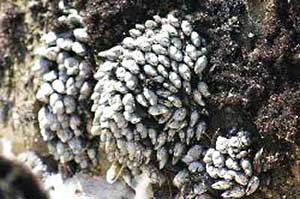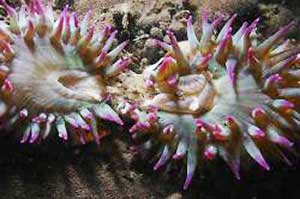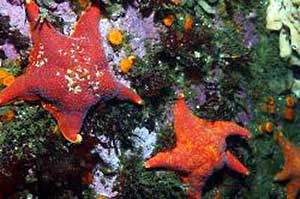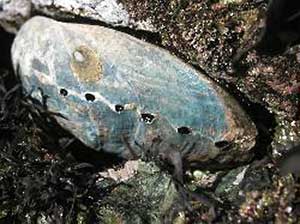Tide Pool Life
A whole host of fascinating plants and animals survive in this rugged, changing seascape. As the ocean water retreats at low tide, marine life must withstand hours exposed to the air or in shallow pools. At high tide, animals and plants must survive waves rolling in or crashing down. All must find food and protect themselves from predators.
To keep from drying out at low tide… |
||||||
|
|
|||||
|
|
|||||
To protect from crashing waves at high tide… |
||||||
|
|
|||||
|
|
|||||
To avoid being eaten… |
||||||
|
|
|||||
|
|
|||||
To catch food… |
||||||
|
|
|||||
|
|
|||||

